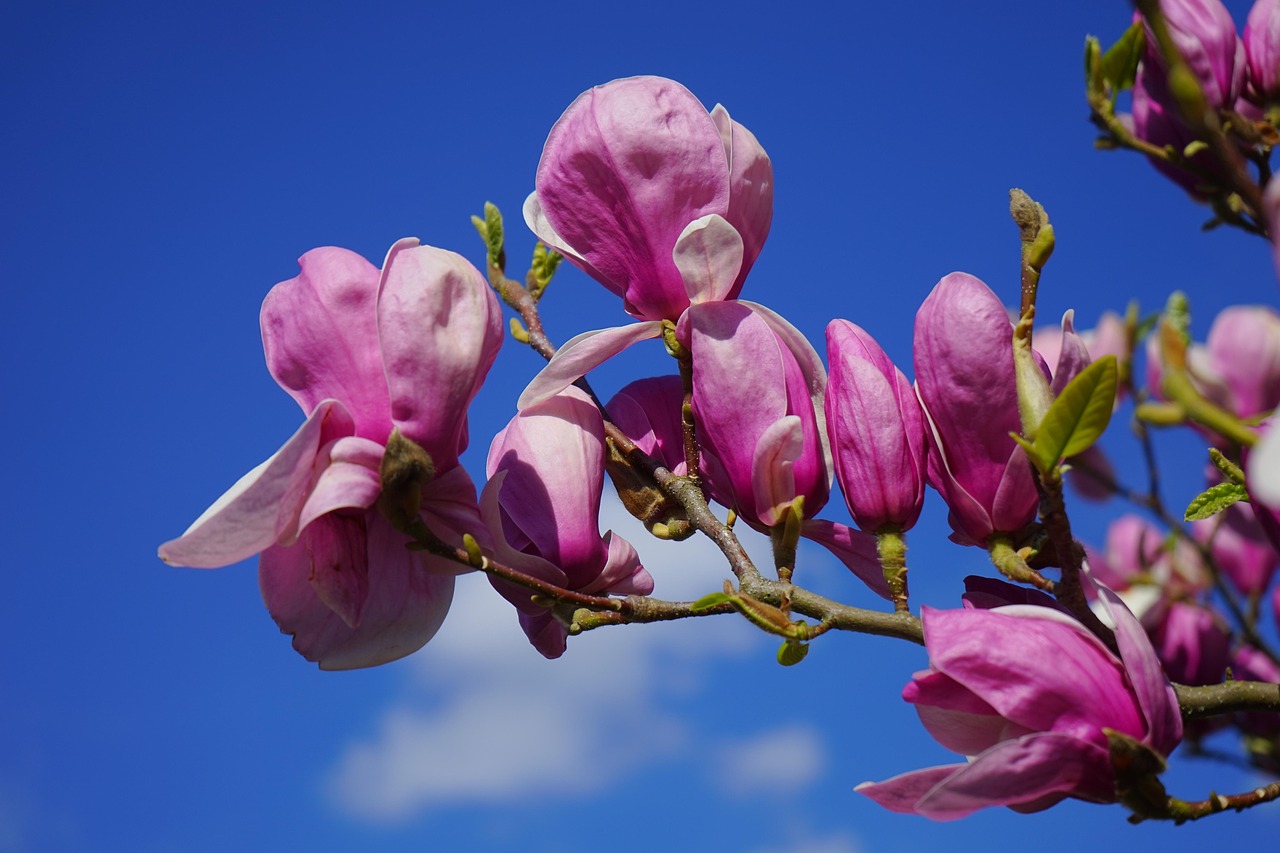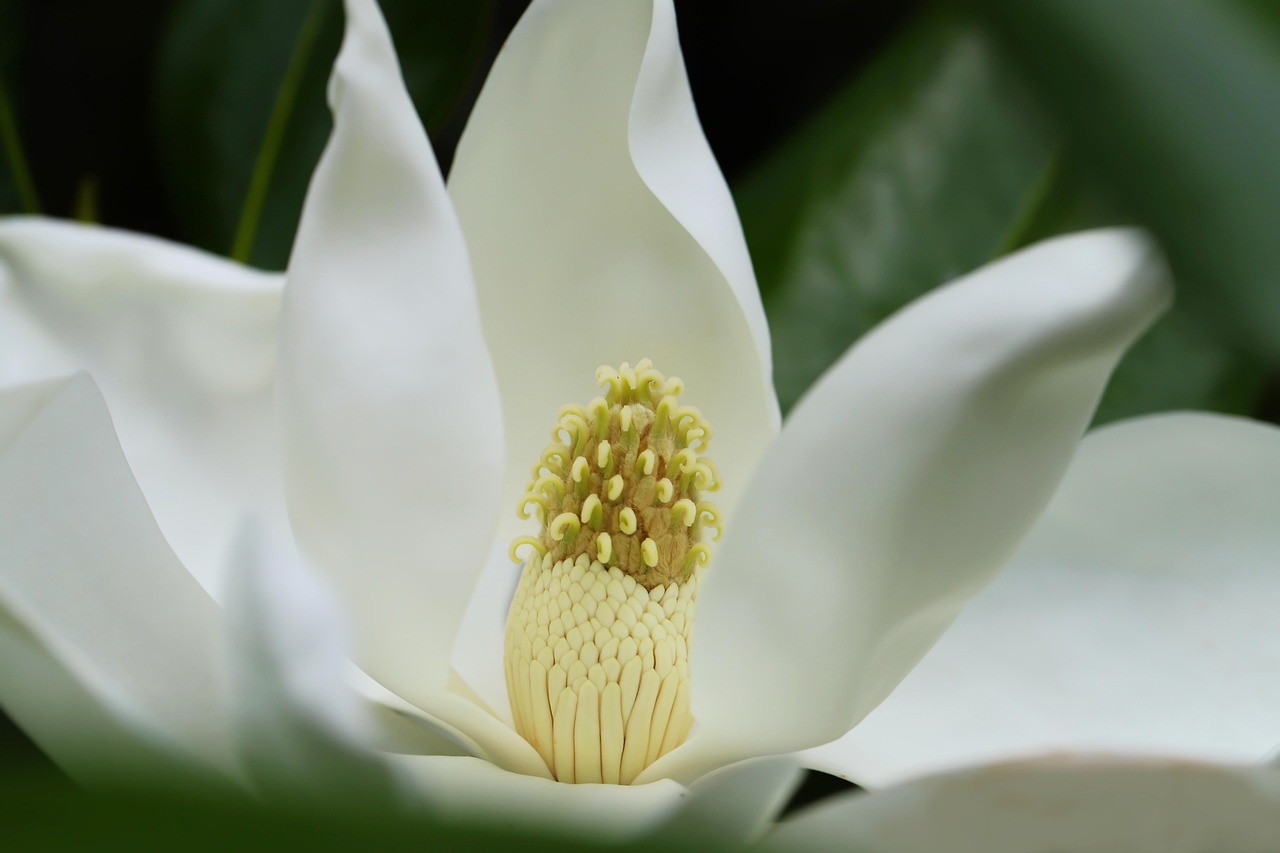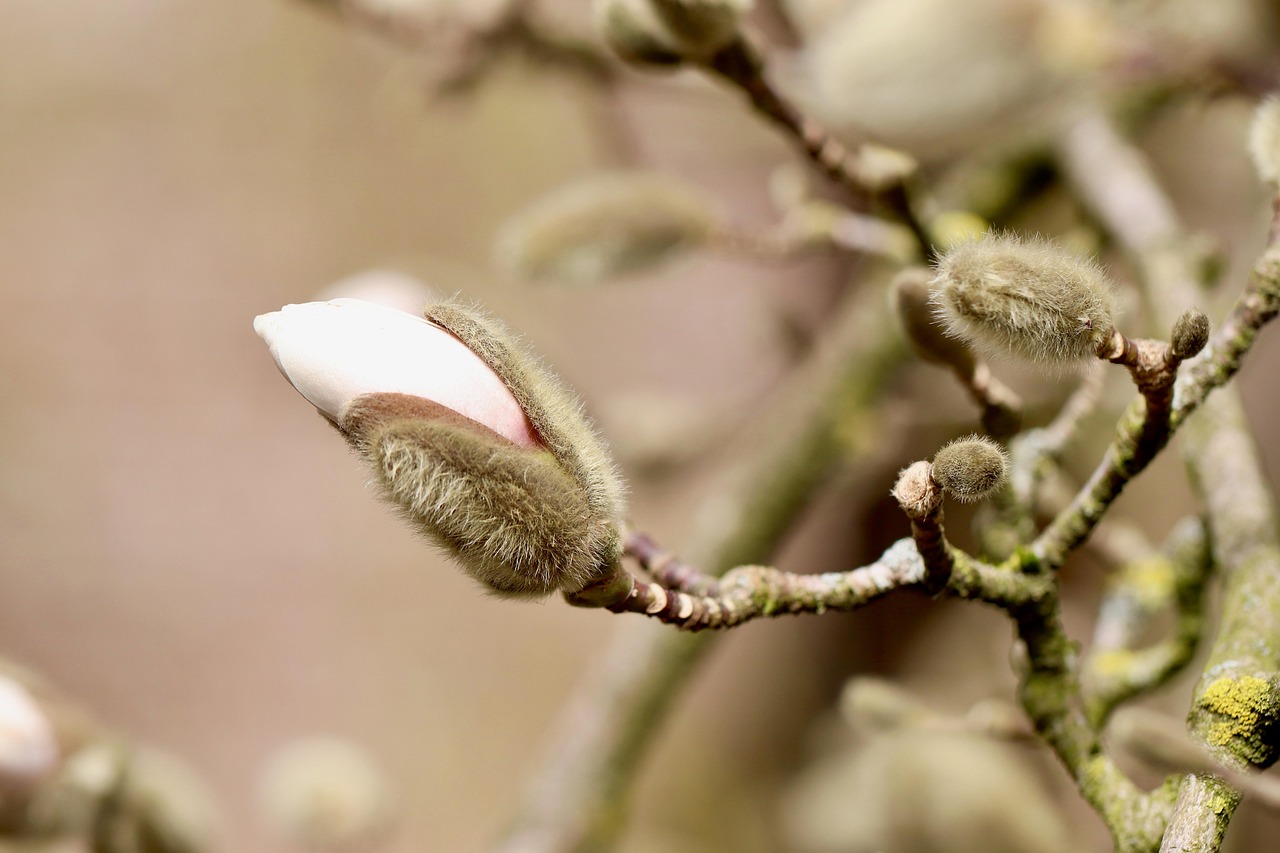Yes, magnolia trees do benefit from coffee grounds. These organic soil additives improve soil structure, provide essential nutrients, and enhance moisture retention, promoting overall tree health and growth.
Magnolia trees are cherished for their stunning flowers and glossy leaves. They thrive in well-drained, nutrient-rich soil. As gardeners seek ways to enhance the health of their plants, many wonder about the benefits of using organic materials, such as coffee grounds. Coffee grounds are a popular choice among gardeners due to their accessibility and rich nutrient profile. Understanding how these grounds can benefit magnolia trees is crucial for effective gardening.
Magnolia trees prefer slightly acidic to neutral soil, making coffee grounds an excellent addition. They contain various nutrients, including nitrogen, phosphorus, and potassium, which are essential for plant health. In addition to providing nutrients, coffee grounds help improve soil structure. This enhancement leads to better aeration and drainage, both of which are vital for the root systems of magnolia trees.
Benefits of Coffee Grounds for Magnolia Trees

The use of coffee grounds in gardening comes with multiple advantages. Here are some key benefits that specifically apply to magnolia trees:
- Nutrient Supply: Coffee grounds are rich in nitrogen, which is crucial for healthy leaf growth and overall plant vitality.
- Soil Improvement: They enhance soil structure by improving aeration and drainage, allowing roots to breathe and absorb water more effectively.
- Moisture Retention: Coffee grounds assist in retaining moisture in the soil, which is particularly beneficial during dry spells.
- Worm Attraction: Earthworms are naturally attracted to coffee grounds. Their presence in the soil improves its quality through natural aeration and nutrient cycling.
- Acidic pH Adjustment: Coffee grounds can help lower the pH level in soils that are too alkaline, making them more suitable for magnolias that prefer slightly acidic conditions.
In addition to these benefits, coffee grounds can act as a natural mulch. When applied around the base of the tree, they protect the roots from temperature fluctuations and reduce weed growth. This layer of organic material breaks down over time, enriching the soil even further.
To make the most of coffee grounds for magnolia trees, it is essential to apply them correctly. Here are some tips on how to use coffee grounds effectively:
- Collect Used Grounds: Gather used coffee grounds from your kitchen or local café.
- Dry the Grounds: Allow the coffee grounds to dry out before using them. This helps prevent mold growth.
- Mix with Soil: Incorporate the dried coffee grounds into the top layer of soil around your magnolia tree.
- Use as Mulch: Spread a thin layer (about 1 inch) of coffee grounds around the tree base as a mulch.
- Avoid Overuse: Use coffee grounds sparingly. Too much can lead to compaction or create a barrier that restricts water penetration.
Nutrient Content of Coffee Grounds
Understanding the nutrient content of coffee grounds can help gardeners appreciate their role in plant care. Below is a simple table that outlines the essential nutrients found in coffee grounds:
| Nutrient | Percentage |
|---|---|
| Nitrogen | 2.0% |
| Phosphorus | 0.3% |
| Potassium | 0.5% |
| Calcium | 0.2% |
This table highlights how coffee grounds can contribute valuable nutrients that support the growth and health of magnolia trees. By utilizing this organic additive, gardeners can create a nurturing environment for their trees.
In addition to their nutrient content, coffee grounds also have beneficial properties that promote soil health. They can help suppress certain pests and diseases due to their natural acidity. This pest-repelling quality makes them a valuable ally when nurturing magnolia trees.
As gardeners explore organic options for enhancing their garden beds, it becomes clear that coffee grounds serve as a versatile tool. Utilizing them not only supports magnolia trees but also contributes to sustainable gardening practices. The incorporation of such organic materials aligns with a growing trend towards eco-friendly gardening solutions.
Other Organic Soil Additives for Magnolia Trees
While coffee grounds offer numerous benefits for magnolia trees, they are not the only organic soil additives available. Several other materials can enhance soil quality and promote healthy growth for these beautiful trees. Understanding these alternatives can help gardeners make informed choices about how to care for their magnolias.
Compost
Compost is one of the most popular organic soil amendments used in gardening. It is made from decomposed organic matter, such as kitchen scraps, yard waste, and other biodegradable materials. Adding compost to the soil provides a variety of benefits:
- Nutrient-Rich: Compost is packed with nutrients that support plant growth, including nitrogen, phosphorus, and potassium.
- Improved Soil Structure: It enhances soil aeration and drainage, promoting a healthy root environment.
- Microbial Activity: Compost introduces beneficial microorganisms that improve soil health and nutrient availability.
To use compost effectively, mix it into the soil around the base of the magnolia tree or use it as a mulch layer. Regular application can significantly improve the overall health of the tree.
Wood Chips
Wood chips are another excellent organic additive that can benefit magnolia trees. These chips come from various sources, including tree trimmings and other wood waste. Here are some advantages of using wood chips:
- Moisture Retention: Wood chips help retain soil moisture, which is essential for magnolia trees during dry periods.
- Weed Suppression: A layer of wood chips can prevent weed growth, reducing competition for nutrients.
- Slow Decomposition: As wood chips break down slowly, they gradually enrich the soil over time.
For best results, spread a thick layer (around 2-4 inches) of wood chips around the tree, ensuring they do not touch the trunk to prevent rot.
Leaf Mold
Leaf mold is created from decomposed leaves and is an excellent addition to any garden. It offers unique benefits for magnolia trees:
- Enhanced Soil Structure: Leaf mold improves soil aeration and drainage, promoting healthy root systems.
- Natural Fertilizer: It provides a slow release of nutrients as it breaks down.
- Increased Microbial Activity: Leaf mold supports the growth of beneficial soil organisms.
To use leaf mold, simply incorporate it into the soil or use it as a top dressing around the base of the tree.
The Importance of Soil pH for Magnolia Trees
The pH level of the soil is a critical factor in determining the health of magnolia trees. These trees generally thrive in slightly acidic to neutral soils, with a pH between 5.5 and 7.0. Understanding how to manage soil pH can significantly impact flourishing growth.
Testing Soil pH
Before adjusting soil pH, it is essential to test it accurately. Home testing kits are widely available and provide reliable results. Here are steps to test your soil pH:
- Collect Soil Samples: Gather samples from various locations around the tree’s root zone.
- Mix Samples: Combine the samples into one representative sample for testing.
- Follow Kit Instructions: Use a home testing kit according to the manufacturer’s directions.
Adjusting Soil pH
If the soil pH is found to be too high (alkaline), several organic methods can help lower it:
- Sulfur: Elemental sulfur can be mixed into the soil to lower pH gradually.
- Coffee Grounds: As previously discussed, coffee grounds can also assist in acidifying the soil over time.
- Pine Needles: Adding pine needles as mulch can contribute acidity as they decompose.
Maintaining an appropriate pH level is vital for magnolia trees because it affects nutrient availability. If the soil is too alkaline, certain nutrients may become less accessible, leading to deficiencies that hinder tree growth.
The Role of Organic Matter in Soil Health
The presence of organic matter in soil is fundamental to its health and fertility. Organic matter improves soil structure, increases moisture retention, and provides essential nutrients. For magnolia trees, incorporating organic matter has several advantages:
- Biodiversity Support: Organic matter fosters a diverse ecosystem within the soil, supporting beneficial organisms like earthworms and microbes.
- Nutrient Cycling: It plays a role in nutrient cycling by allowing nutrients to be released slowly as organic matter decomposes.
- Improved Soil Resilience: Soils rich in organic matter are more resilient to environmental stresses such as drought or heavy rainfall.
To enhance organic matter content, regularly adding compost or other organic materials is recommended. This practice not only benefits magnolia trees but also contributes positively to the surrounding ecosystem.
<
p>By utilizing various organic soil additives and understanding the importance of maintaining balanced soil health, gardeners can ensure their magnolia trees thrive. Each additive plays a unique role in promoting strong growth and vibrant foliage. With careful attention to these elements, magnolia trees can flourish beautifully in gardens across different climates.
Common Issues with Magnolia Trees and Soil Health
<
p>While magnolia trees are resilient and beautiful, they can face several challenges related to soil health. Understanding these common issues is essential for effective care. Gardeners can take proactive steps to prevent or address these problems, ensuring that magnolia trees remain healthy and vibrant.
Soil Compaction
Soil compaction occurs when soil particles are pressed together, reducing the space between them. This condition can significantly hinder root growth and water absorption. Compacted soil can lead to several issues:
- Poor Drainage: Compacted soil does not drain well, which can lead to waterlogged roots and increased susceptibility to root rot.
- Nutrient Deficiency: Compaction limits the movement of air, water, and nutrients, leading to deficiencies that can affect tree health.
- Weakened Roots: Roots may struggle to penetrate compacted soil, making trees more vulnerable to stress and disease.
To alleviate soil compaction, gardeners can aerate the soil around the tree. This process involves using a garden fork or aerator to create small holes in the soil, allowing air and water to penetrate deeper. Additionally, adding organic matter such as compost or mulch can help improve soil structure over time.
Soil Erosion
Soil erosion is another concern for magnolia trees, particularly in areas with heavy rainfall or poor drainage. Erosion removes the nutrient-rich topsoil essential for healthy plant growth. The consequences of soil erosion include:
- Loss of Nutrients: Erosion can wash away essential nutrients, leaving the soil depleted and less capable of supporting tree health.
- Root Exposure: As soil erodes, tree roots may become exposed, making them more susceptible to damage and stress.
- Increased Water Runoff: Erosion leads to increased runoff, which can further contribute to nutrient loss and reduce water availability for plants.
To combat soil erosion, consider planting ground cover plants around the base of magnolia trees. Ground covers help stabilize the soil and reduce runoff. Additionally, building small barriers or terraces can help control water flow and minimize erosion.
Pest and Disease Management
Pests and diseases can also threaten magnolia trees, often exacerbated by poor soil health. Healthy soil supports strong trees that are better able to resist pests and diseases. Here are some common issues:
- Scale Insects: These small pests attach themselves to the leaves and stems, sucking sap and weakening the tree.
- Leaf Spot Disease: This fungal disease causes dark spots on leaves, leading to premature leaf drop and reduced vigor.
- Root Rot: Caused by overly wet conditions often linked to poor drainage, root rot can severely damage or kill a magnolia tree.
To manage pests and diseases effectively, regular monitoring is essential. Early detection allows for prompt action. Organic treatments such as neem oil or insecticidal soap can be effective against many common pests. Additionally, ensuring proper drainage and avoiding overwatering can help prevent root rot.
The Role of Mulching in Soil Health
Mulching is a beneficial practice that supports soil health and enhances the growth of magnolia trees. It involves covering the soil around the base of the tree with organic materials like wood chips, straw, or shredded leaves. The advantages of mulching include:
- Moisture Conservation: Mulch helps retain moisture in the soil, reducing the need for frequent watering.
- Temperature Regulation: A layer of mulch protects roots from temperature extremes, keeping them cool in summer and insulated in winter.
- Nutrient Enrichment: As organic mulch decomposes, it adds valuable nutrients back into the soil.
When applying mulch, keep a layer of about 2-4 inches thick around the base of the tree. Avoid piling mulch against the trunk to prevent moisture buildup that could lead to rot. Replenishing mulch regularly ensures its effectiveness in supporting soil health.
The Importance of Watering Practices
<
p>Proper watering practices are crucial for maintaining healthy magnolia trees. Both overwatering and underwatering can lead to significant problems affecting tree health. Here are some key considerations for effective watering:
Understanding Water Requirements
Magnolia trees typically prefer consistent moisture but do not thrive in overly saturated conditions. Factors influencing watering needs include:
- Soil Type: Sandy soils drain quickly and may require more frequent watering compared to clay soils.
- Tree Age: Young trees often need more frequent watering until they establish a strong root system.
- Weather Conditions: Hot and dry weather increases water requirements, while cooler weather may reduce them.
Watering Techniques
To ensure proper watering for magnolia trees, consider the following techniques:
- Deep Watering: Water deeply but infrequently. This encourages roots to grow deeper into the soil.
- Avoid Surface Watering: Focus on directing water at the base of the tree rather than watering from above.
- Monitor Soil Moisture: Use a moisture meter or your finger to check soil moisture before watering. Soil should be moist but not soggy.
By implementing effective watering practices alongside organic soil additives and proper management techniques, gardeners can create an ideal environment for magnolia trees to thrive. Each aspect of care contributes to a holistic approach that supports healthy growth and vibrancy in these magnificent trees.
Additional Tips for Growing Healthy Magnolia Trees
In addition to the practices already discussed, there are several more tips to consider when aiming to cultivate healthy magnolia trees. These tips can further enhance the overall environment and care practices that support the growth of these magnificent trees.
Choosing the Right Magnolia Variety
Not all magnolia trees are created equal. With over 200 species and numerous hybrids, selecting the right variety is essential. Different species have varying preferences for soil types, pH levels, and climate conditions. Here are some popular varieties to consider:
- Southern Magnolia (Magnolia grandiflora): This evergreen tree is known for its large, fragrant white flowers and glossy leaves. It thrives in warm, humid climates.
- Star Magnolia (Magnolia stellata): A smaller tree that produces stunning star-shaped flowers in early spring. It prefers well-drained, acidic soils.
- Cucumber Tree (Magnolia acuminata): This variety features large, cucumber-like fruit and is suitable for cooler climates. It prefers moist, rich soils.
Understanding the specific needs of each variety will help ensure success in growing magnolias in your garden.
Seasonal Care Considerations
Seasonal changes can greatly affect the care routines for magnolia trees. Adapting your care practices throughout the year can lead to healthier growth:
- Spring: This is a critical time for growth. Fertilize with a balanced organic fertilizer as new leaves emerge. Monitor for pests and diseases that may appear as temperatures rise.
- Summer: Ensure consistent moisture during hot months. Mulching is especially important to retain soil moisture and regulate temperature.
- Fall: As leaves begin to drop, consider raking them to prevent fungal diseases. This is an excellent time to apply a layer of compost or organic matter to prepare the soil for winter.
- Winter: Protect young trees from extreme cold by wrapping the trunk with burlap or using mulch around the base. Avoid pruning in late winter or early spring, as this can damage new buds.
Companion Planting
Companion planting involves planting different species together to enhance growth and deter pests. Pairing magnolia trees with compatible plants can create a beneficial ecosystem. Some good companion plants include:
- Azaela: Their similar soil and light requirements make them great neighbors for magnolias.
- Ferns: These shade-loving plants thrive in similar moist conditions and can create a lush understory.
- Hostas: Known for their attractive foliage, hostas can thrive under the shade of mature magnolia trees.
Choosing complementary plants can enhance the beauty of your garden while supporting the health of magnolia trees.
Final Thoughts
Magnolia trees are stunning additions to any landscape, admired for their beautiful flowers and lush foliage. To ensure they thrive, it is essential to understand their specific needs regarding soil health, watering practices, pest management, and seasonal care. Organic soil additives like coffee grounds, compost, and mulch play a significant role in enhancing soil quality and providing essential nutrients.
Caring for magnolia trees involves a holistic approach that considers various factors, including soil pH, watering techniques, and potential challenges such as pests and diseases. By implementing best practices and being attentive to seasonal changes, gardeners can create a nurturing environment that fosters healthy growth.
The beauty of magnolia trees lies not only in their appearance but also in their ability to enhance any garden’s ecosystem. Incorporating organic practices into your gardening routine not only benefits your magnolia trees but also promotes overall environmental health.
As you embark on your journey of growing magnolia trees, remember that patience and care are key. With the right approach, these magnificent trees will flourish, bringing joy and beauty to your garden for years to come.
